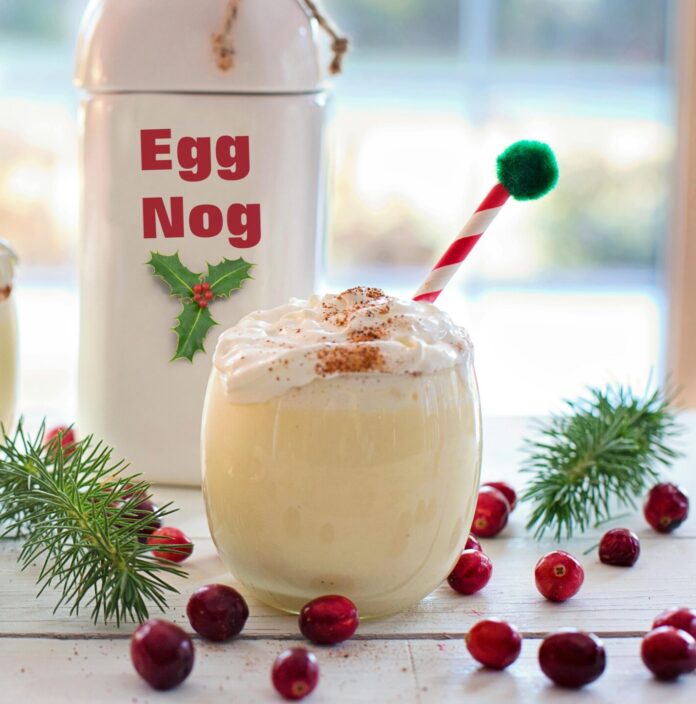Eggnog, the drink that divides party guests faster than politics, has been a Christmas staple for hundreds of merry years. Love it or hate it, eggnog is an inseparable part of holiday traditions, crossing continents with its signature flavor and attached festive sentiments.
When Did It All Begin?
The origins of eggnog seem to trace back to medieval Britain, where monks sipped on “posset,” a warm ale punch with eggs and figs. Fast forward to the 17th century, and sherry became the star of this eggy drink, symbolizing health and prosperity by the European aristocracy.
But when eggnog finally arrived in the American colonies, it underwent a transformation. Rum, which was cheaper and more accessible than brandy and other English liquors, took the stage. Soon, eggnog became a drink for all, combining milk, eggs, and rum.
A Christmas Must
At the beginning of the 18th century, eggnog turned into a holiday season staple across the young United States. Legend has it that even George Washington had his very own eggnog recipe.
Over time, eggnog took various shapes and variations but remained a popular drink. Today, it’s still a holiday must, sticking to its timeless formula: eggs, sugar, milk, cream, and a splash of spirits. Of course, there are numerous modern twists, from adding tequila to opting for vegan renditions with various ingredients.
So, whether you fantasize about this eggy delight all through the year or tend to wake up covered in eggnog-inspired sweat when Christmas approaches, you really cannot ignore this controversial holiday drink. If you’re not a fan, maybe you can embrace eggnog with a twist this year, trying to tailor the ingredients to your individual palate.







